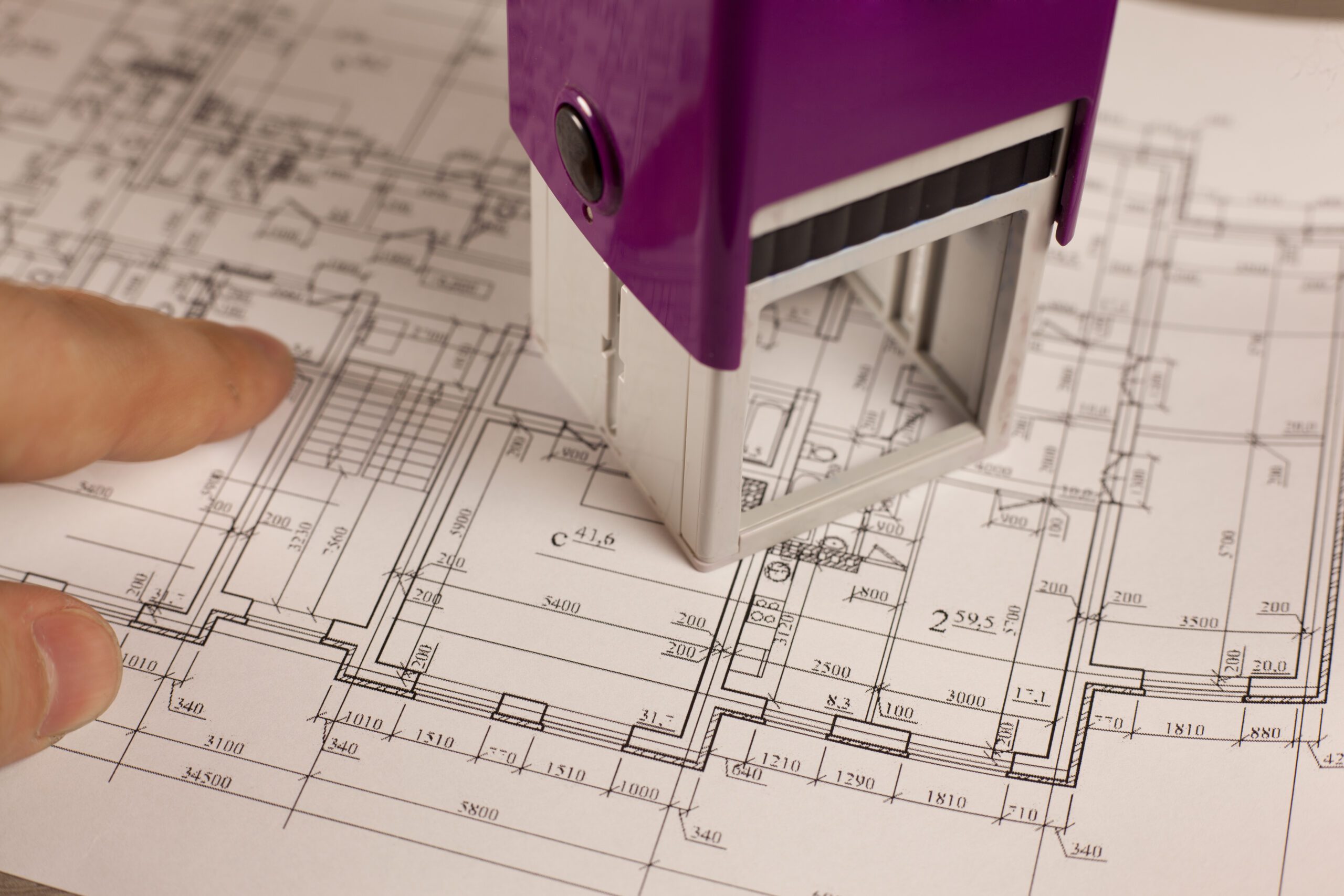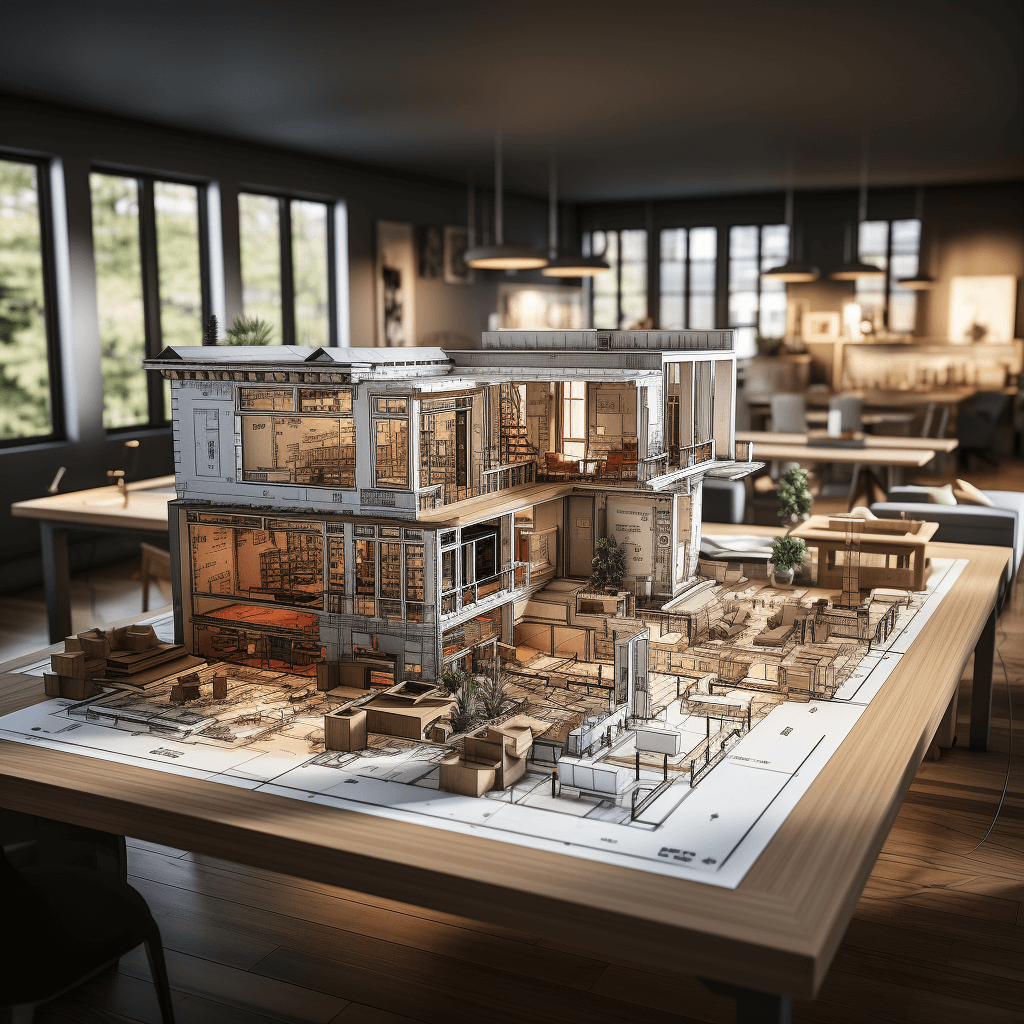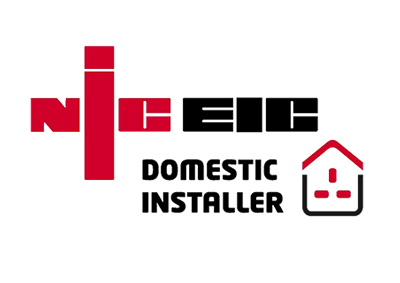Working from Home: Plan Your Perfect Home Office
Unraveling the Mystery of The Air Source Heat Pump
Sustainable Working
Looking for an Architect?
Understanding SAP 11 and Its Significance for Electric Heating Specifiers
The Ultimate Guide to Post-Construction Cleaning
Convert a House into Flats
Browsing photos and generating ideas is an exciting and inspiring part of designing any space. Whether you are remodeling your bedroom, living room, kitchen, or any other area of your home, exploring different aesthetics, color schemes, furniture styles, and decor options can help you envision what you want your room to look and feel like. It can also spark creativity and enable you to think outside the box, leading to unique and personalized designs that reflect your personality and preferences.
However, the journey from imagination to reality is not always straightforward or effortless. To turn your vision into a functional and aesthetically pleasing space, you need to plan carefully and be well-organized. This includes creating a detailed timeline, budgeting effectively, selecting and ordering materials and products, and coordinating with contractors or other professionals involved in the renovation process. Project management is a vital aspect of any remodeling project, ensuring that all the elements come together seamlessly and efficiently.
The satisfaction of implementing a plan to create something new and beautiful is unbeatable. As you see your dream room taking shape, you'll experience a sense of pride and accomplishment that comes from the hard work and dedication you've invested in the project. Whether you're doing the work yourself or hiring professionals, staying organized and focused on your goals is essential to achieving your desired results.
To help you achieve your renovation goals, here are some tips that can assist you in planning and executing your project effectively:
- Create a realistic budget and timeline.
- Research and select high-quality materials and products that fit your budget and style.
- Hire reputable contractors or professionals if necessary and communicate your expectations clearly.
- Keep track of your progress and adjust your plans as needed.
- Stay organized and focused on your goals to achieve the desired outcomes.
By following these guidelines, you can turn your dream room into a reality and enjoy the benefits of a beautiful and functional space that meets your needs and exceeds your expectations.
The List Writer
To successfully manage a project, it's essential to become a list writer. Creating lists is an effective way to organize your thoughts and prevent any details from slipping through the cracks. The most crucial list in project management is the scope of work or specifications document. This document provides a comprehensive breakdown of all the tasks that need to be completed, from start to finish. If you're working with a single builder who is overseeing the project, it's important to ensure they receive a copy of the specifications document to avoid any misunderstandings and ensure everyone is on the same page.
Having detailed specifications makes it easier to obtain multiple quotes from builders as you'll have a clear set of criteria to compare the quotes against. This will ensure that you receive a fair comparison, and that you can make an informed decision based on the best value for money. It's also a useful document to refer to throughout the project, as it can help keep everyone accountable and focused on achieving the desired outcome. By creating a comprehensive list of specifications, you'll be well on your way to successfully managing your project and creating your dream space.
Clear Communication
To ensure a smooth and successful project, it's crucial to make sure everyone involved is on the same page. If you're coordinating separate subcontractors, such as a cabinetmaker, plumber, and electrician, it's important to indicate who is responsible for each task. Providing a complete copy of the specifications document to all subcontractors ensures that everyone is aware of what everyone else is doing. It's also worth discussing the specifications with your subcontractors as they may be able to provide helpful insights and advice based on their expertise.
A schedule is another useful tool for managing a project. By creating a timeline of when each task is expected to be completed, you can keep track of progress and ensure everyone knows who will be on-site on which day. This helps to prevent any confusion or delays and ensures that the project stays on track.
One critical aspect of effective project management is anticipating potential issues and addressing them proactively. For example, if you know that a partition wall will feature lighting, it's crucial to communicate this information to your builders. They can then leave the stud frame open for the electrician to run the wires through before it's boarded up and plastered over. Attempting to feed wires through after the fact is much more challenging and risks causing unnecessary damage, which can be costly and time-consuming to fix.
By ensuring that everyone involved in the project is aware of the specifications, responsibilities, and schedule, you can minimize the risk of misunderstandings, miscommunications, and mistakes. This proactive approach will help to ensure a smooth and successful project, and will help you to create the dream space you've been envisioning.
Break it down
When creating your specifications document for a renovation project, it's helpful to break it down into subsections for each element of your design. In addition to your main specifications, such as overall layout and materials to be used, having sublists for lighting, plumbing, electrical, and decorating can help ensure that all details are accounted for. For example, your main specifications may state "install 6 x recessed LED downlights in ceiling," but your lighting specifications will detail where they are to be positioned, the type of bulb, the hardware finish, and any other relevant details. The more detailed and specific you can be, the more accurate your quote should be, and the less likely it will be for mistakes or misunderstandings to occur, minimizing any unexpected costs.
Here are some suggested subsections to include in your specifications document:
Layout and Elevation Drawings: This section should include detailed drawings with dimensions to show the layout of the space, including the location of walls, doors, windows, and any other structural features. Elevation drawings can also be helpful to show the height and placement of cabinetry, shelving, and other built-in elements.
Electrical Specifications: This section should detail the location, type, and number of light fixtures, outlets, and switches, as well as any wiring and electrical work required for the project. A lighting plan can also be included to show the placement and type of fixtures.
Plumbing Specifications: This section should include a layout drawing showing the location of all plumbing fixtures, such as sinks, toilets, showers, and tubs. It should also detail the type of fixtures to be used, including faucets, showerheads, and drain covers.
Decorating Specifications: This section should include details on the materials, finishes, and colors to be used for all elements of the design, including flooring, wall coverings, paint colors, cabinetry, hardware, and any other decorative elements.
By including these subsections in your specifications document, you can ensure that all aspects of your design are accounted for and that everyone involved in the project has a clear understanding of what is required. This will help to minimize misunderstandings, mistakes, and unexpected costs, and ensure that your renovation project is a success.
Nearly ready? What else?
Section 1: Never Assume
To avoid misunderstandings and disputes, it's crucial to include every detail in your specifications or plans. Never assume that someone else will know what you want unless you explicitly state it. This applies to even the tiniest details, no matter how picky they may seem. Failing to provide clear instructions may result in mistakes, such as the use of white grout instead of dark gray in a bathroom renovation. Try to provide as much information as possible to avoid these types of issues.
Section 2: Stand by for Decisions
During a renovation project, your builder will likely present many questions and decisions to you along the way. To avoid feeling pressured or making impulsive decisions that you may regret later, it's best to try to pre-empt as many of these decisions as possible. Provide information in advance, such as which tiles you want on the walls or what color you want on the baseboards. This will help prevent delays and ensure that the project stays on track. However, don't be afraid to ask your contractors for their opinion on the best course of action or to take the time you need to make a decision.
Section 3: Give Yourself Time to Deliver
When selecting products and materials for your renovation, it's important to consider lead times. Many pieces of furniture are made to order and can take up to 12 weeks or longer to arrive. Tiles and natural stone can also take longer than expected to be delivered, and products from abroad may encounter holdups during transit. Make a note of these lead times and factor them into your project plan to avoid delays or having to choose a different product at the last minute.
Section 4: Factor in a Contingency
No matter how well you plan, unexpected issues may arise during your project. To account for these unforeseen circumstances, it's a good idea to factor in a contingency of around 10 percent within your budget. This is particularly important for older buildings, where issues such as hidden damage or surprises behind walls may occur. By having a contingency in place, you'll be prepared to handle these issues without compromising the quality or timeline of your project.
If you act as your own project manager, unexpected issues are bound to arise during a renovation project. However, it's important to remain calm and focused and not let these challenges throw you off your game. Embrace the fact that unforeseen circumstances can happen, and take a proactive approach to finding a solution. We spend much of our day consulting with our clients on the best way forward and provide valuable insights and advice on the best course of action. By maintaining a positive and proactive mindset, you can effectively manage any issues that arise and keep your project on track to success.
Want some help?
Dependon have been Project Managing or building new homes accross the south of England for many years, get in touch, we are only too happy to help.










